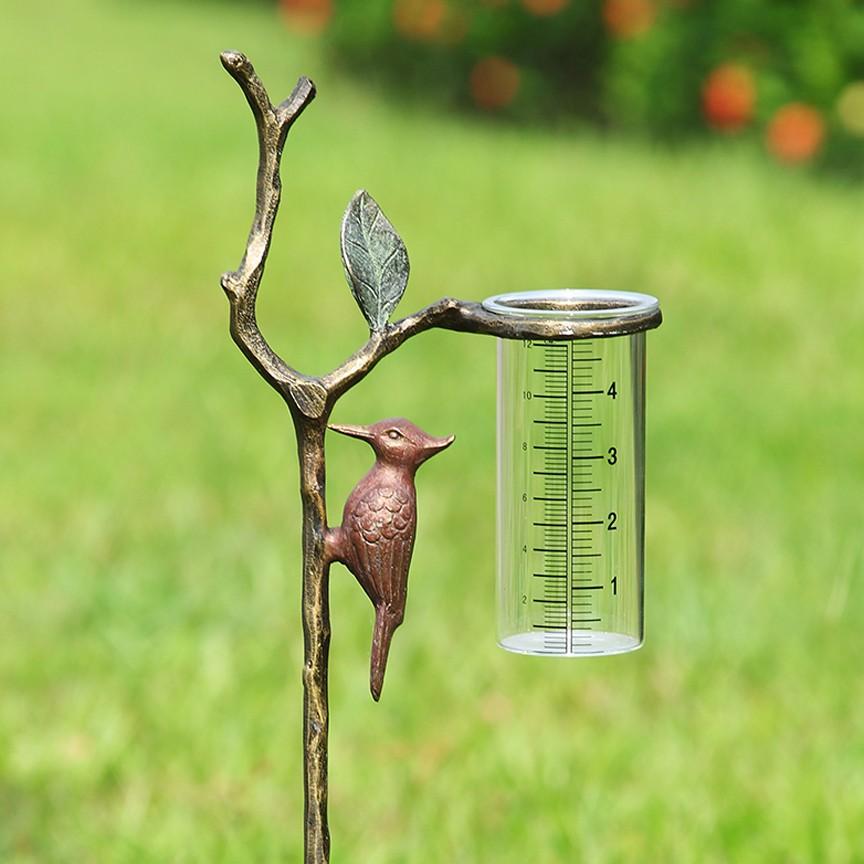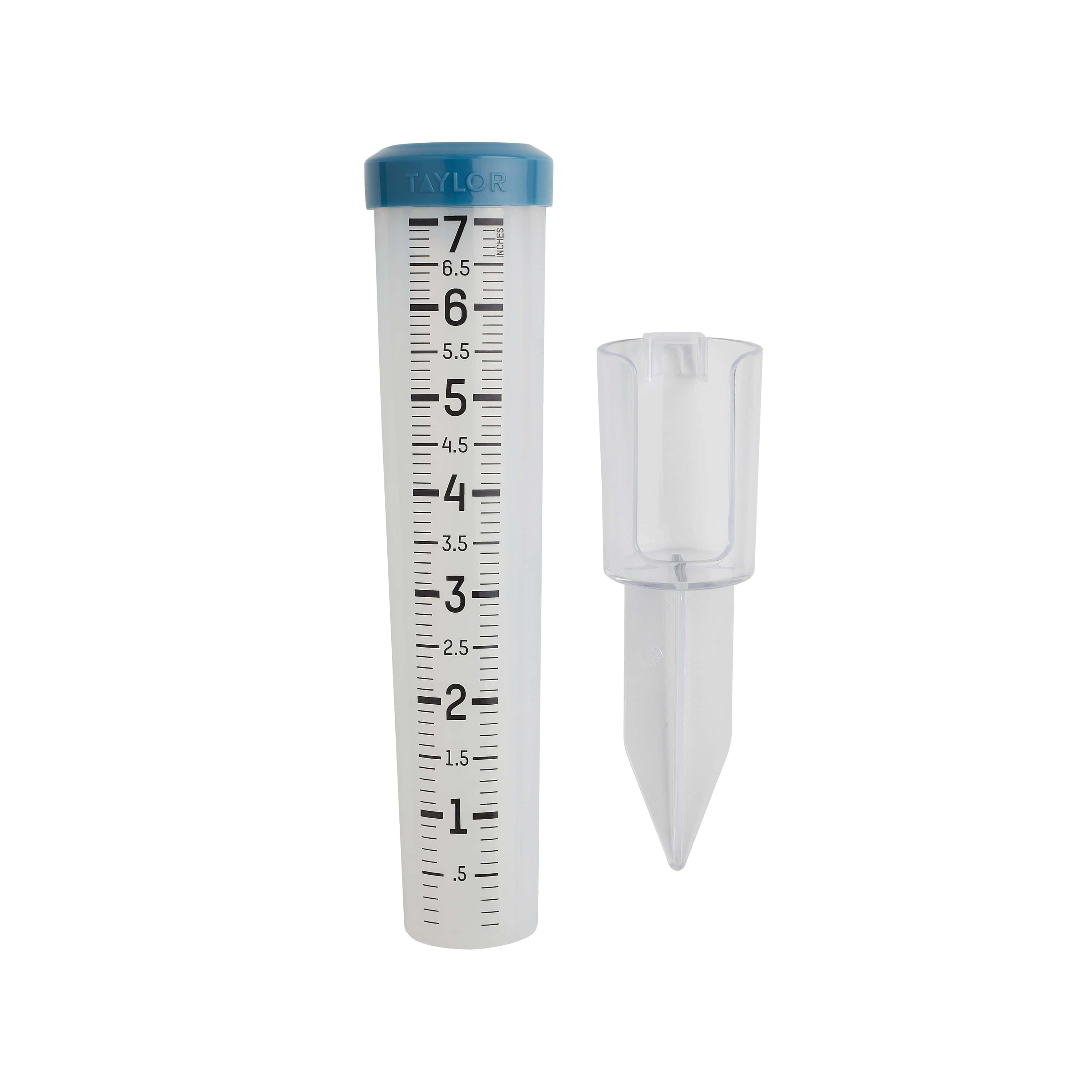The Rain Gauge: A Crucial Tool for Monitoring Rainfall Levels
The Rain Gauge: A Crucial Tool for Monitoring Rainfall Levels
Blog Article
Exactly How to Choose the Right Rain Gauge for Accurate Rain Data
Precise rains information is crucial for different sectors and tasks, such as water, agriculture, and weather forecasting source management. To obtain trustworthy dimensions, it is essential to pick the best rain gauge. This guide aims to provide important understandings into the choice procedure, allowing you to make educated choices. Considering variables such as location, kind, and precision of the rain scale will certainly help make certain precise information collection. In addition, recognizing the maintenance and calibration procedures will certainly add to the durability and integrity of your rainfall gauge. By complying with these guidelines, you can make certain precise rains data, making it possible for far better decision-making and planning for various applications.
Importance of Selecting the Right Rain Gauge
The relevance of picking the right rainfall scale hinges on getting trusted and specific rains information for accurate atmospheric analysis. Rainfall information is critical for a wide variety of applications, consisting of climate projecting, hydrological modeling, and environment study. Incorrect or unreliable information can result in wrong verdicts and flawed decision-making procedures.

Secondly, the precision and precision of the rain gauge are vital. The scale needs to be able to measure rainfall with high precision, recording even little quantities of precipitation precisely.
Additionally, the place and setup of the rainfall scale are essential factors to consider. It ought to be put in an open area, away from obstructions that could affect rainfall dimensions. The gauge must be positioned at a suitable elevation and angle to prevent splashing and make certain correct catchment of rain.
Factors to Consider When Selecting a Rain Scale
When picking a rainfall scale, there are several vital variables to think about. These variables can considerably affect the precision and reliability of the rainfall information accumulated. The very first element to take into consideration is the sort of rain gauge. There are different kinds offered, including standard rain gauges, tipping bucket rain gauges, and weighing rain evaluates. Each type has its very own advantages and negative aspects, so it is vital to select one that ideal matches your details requirements and demands.
An additional factor to think about is the product of the rain gauge. Rainfall evaluates can be made from different products, such as glass, plastic, or metal. The product selected must be sturdy and resistant to weather problems, ensuring that the rainfall gauge will certainly endure the elements and give precise measurements with time.
Precision is also an essential element to consider. Seek rain assesses that have actually been adjusted and tested for accuracy. Features such as anti-splash rings and funnels can also boost the accuracy of the measurements.

Lastly, consider the climate and environment in which the rain scale will be utilized. Various rainfall assesses appropriate for different climates, so it is essential to pick one that is appropriate for the problems in your area.
Various Kinds Of Rainfall Assesses Available
To even more explore the factors to think about when selecting a rainfall gauge, it is necessary to comprehend the various kinds of rainfall determines available. There are a number of types of rain determines, each with its very own advantages and visit disadvantages. One of the most usual type is the standard rain scale, additionally understood as the round rainfall gauge. This type is composed of a straight-sided cylindrical container with a funnel-shaped top. It is easy to use and offers precise measurements of rainfall.
Another type of rainfall scale is the tipping container rain scale. As the rain drops right into the gauge, it loads up one side of the pail, causing it to clear the water and tip.
A 3rd type of rain gauge is the evaluating rain gauge. This scale uses a balance system to gauge the weight of the accumulated rains. As the rain drops into the gauge, it is collected in a container linked to a balance. The weight of the water is measured, and the rains quantity is calculated based on the weight. Weighing rainfall assesses are extremely accurate yet can be more costly and need regular maintenance.
Lastly, there are likewise remote rainfall assesses that use advanced modern technology to measure rains (The Rain Gauge). These assesses use sensing units and transmitters to send data wirelessly to a central device. Remote rainfall gauges are hassle-free for monitoring rainfall in hard-to-reach locations or for massive information collection
How to Establish the Accuracy of a Rainfall Gauge
One way to examine the precision of a rain scale is by carrying out regular calibration dimensions. Calibration entails comparing the analyses of a rainfall scale to a common dimension, such as a certified rain gauge or a weather station with high precision. By comparing the measurements, any kind of disparities or inaccuracies in the rain scale can be identified and represented.
To carry out a calibration dimension, beginning by gathering rains information from both the rainfall scale and the standard measurement device over a specific amount of time, such as a month. After that, compare the analyses and compute the difference in between them. This difference is called the calibration mistake.
It is necessary to note that calibration dimensions should be carried out consistently, as ecological elements, such as debris, temperature level, and wind, can affect the accuracy of the rainfall scale with time. By conducting routine calibrations, any kind of modifications in the accuracy of the rainfall scale can be found and adjustments can be made accordingly.
Along with calibration, it is likewise suggested to tidy and keep webpage the rainfall scale frequently to guarantee its accuracy. Remove any kind of debris or blockages that might influence the precision of the measurements, and look for any type of indicators of damage or put on that may need repair services or replacement.
Tips for Keeping and Adjusting Your Rainfall Scale
Regular upkeep and calibration are crucial for guaranteeing the precision and integrity of your rainfall gauge in determining rains information (The Rain Gauge). By following a few simple ideas, you can ensure that your rain gauge is effectively maintained and calibrated
To start with, it is essential to cleanse your rainfall gauge routinely to avoid any kind of debris or dirt from blocking the rain collection system. Make use of a soft brush and a light detergent to gently clean up the inside and outside of the scale. Rinse it thoroughly with clean water and permit it to completely dry entirely prior to re-installing it.
Secondly, it is advised to calibrate your rain gauge at least annually. Calibration entails comparing the measurements of your rain scale with those of a trusted and precise reference scale. This will certainly assist you determine and remedy any kind of possible errors in your rain gauge's measurements.
To adjust your rain gauge, accumulate a well-known quantity of water using a determining container and compare it with the dimensions tape-recorded by your rain scale. Readjust the readings helpful resources accordingly to guarantee precision.

Conclusion
In conclusion, picking the ideal rainfall gauge is vital for acquiring accurate rainfall data. Factors such as purpose, budget plan, and place must be considered when choosing a rainfall scale.
There are various kinds readily available, consisting of common rain evaluates, tipping bucket rain determines, and considering rain determines.To even more check out the factors to think about when picking a rainfall gauge, it is essential to recognize the different kinds of rainfall assesses available. The most typical kind is the common rain scale, also recognized as the cylindrical rainfall scale.One more kind of rainfall scale is the tipping container rain gauge. Calibration involves contrasting the readings of a rain scale to a basic dimension, such as a certified rainfall gauge or a climate station with high precision.
Report this page